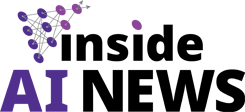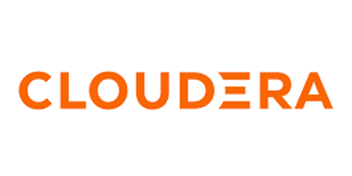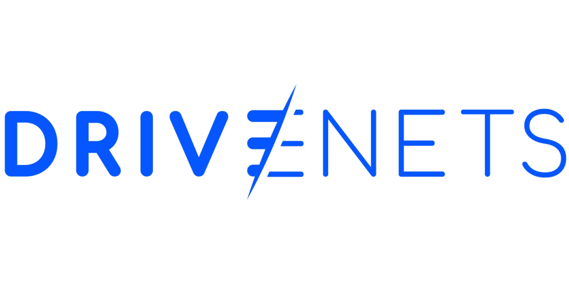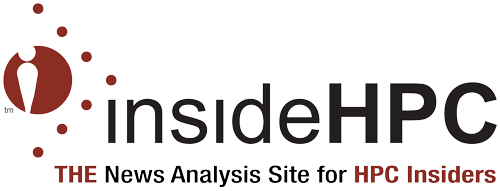By Abhas Ricky, Chief Strategy Officer at Cloudera
Artificial intelligence drives the next wave of enterprise transformation, yet many organizations remain stuck. Concerns about keeping sensitive data and intellectual property secure are holding enterprises back from AI adoption. According to a recent Accenture study, 77% of organizations lack the foundational data and AI security practices needed to safeguard critical models, data pipelines and cloud infrastructure.
The solution lies in rethinking how enterprises approach AI. Instead of moving sensitive data to external platforms, organizations should adopt Private AI: a model where workloads run inside secure boundaries, where models move to the data, and where enterprises maintain complete control. Private AI makes it possible to access any type of data, at any time, in any environment—without compromising trust or agility.
Private AI: Running Workloads without Sharing Data Outside
Traditional AI approaches often require sending sensitive information to external services for training and inference. This creates risk, increases latency, and complicates governance and compliance. Private AI changes the model. Workloads run wherever the data already lives — on-premises, in private or public clouds, or at the edge — without requiring data to move outside secure boundaries.
This approach preserves privacy while improving performance. It ensures that data stays under enterprise control and avoids complex transfer processes. This transforms security into an enabler of innovation rather than a constraint.
AI Remains Balkanized – Why Partner Ecosystems Matter
However, despite advancements like Private AI, a secondary challenge around enterprise fragmentation remains.
To house data sets, any organizations still rely on disparate tools that don’t align, leaving data trapped and teams disconnected. This balkanization occurs because no single vendor can cover the full spectrum of AI requirements. Each builds its own system, resulting in a patchwork that slows adoption and undermines trust.
Breaking down these silos requires not only unified platforms but also strong partner ecosystems. In today’s cluttered technology market, no organization innovates in isolation. Enterprises benefit when cloud providers, infrastructure companies, software vendors, and integrators collaborate to create open, interoperable solutions. Partner ecosystems expand choice, ensure flexibility, and provide reference architectures that help enterprises deploy with speed and confidence.
A healthy partner network also ensures that AI workloads run seamlessly across different environments. It fosters integration between data management, analytics, and machine learning systems. Instead of forcing organizations into a single vendor’s closed loop, ecosystems promote openness, allowing enterprises to choose the tools that best fit their needs, while maintaining consistent governance and security.
Building Secure, Open Systems for Universal Access
With this, open-source systems have never been more vital to addressing inoperability across environments. By building on open standards and frameworks, enterprises can connect structured, unstructured, and streaming data into a single accessible fabric without getting locked into proprietary systems.
Open technologies address two of the biggest barriers to AI success—fragmentation and lock-in—by giving organizations transparency, flexibility, and the ability to evolve with the fast pace of research. They also enable collaboration with a global community that constantly drives improvements, strengthening innovation without sacrificing control.
Open source is also a key component to Private AI, making it possible to bring models to the data instead of moving sensitive data to external services and allowing enterprises to deploy models consistently across private cloud, public cloud, or edge environments.
When enterprises embrace Private AI, they gain several lasting advantages, including:
- Security first. Running workloads where the data lives eliminates unnecessary transfers and reduces risk.
- Freedom to innovate. Open-source frameworks allow enterprises to adapt quickly and avoid dependence on a single vendor.
- Operational agility. Unified platforms enable organizations to access any data, in any environment, at any time.
- Governance by design. Built-in oversight ensures accountability while enabling widespread use.
Unlocking Value Through Trusted, Anywhere AI
As enterprise IT environments grow more complex and distributed, the urgency to adopt AI is undeniable, but so are concerns around data security. Enterprises need reliable, scalable infrastructure that supports core operations, streamlines AI adoption, and boosts productivity without compromising trust.
Enterprises need AI strategies that allow them to bring intelligence to their data wherever it resides, across public clouds, on-premises environments, and at the edge. Success depends on unifying these environments, grounded in open-source foundations that prevent lock-in and promote flexibility. By asserting control over all types of data and embedding strong security and governance, organizations can unlock real-time and predictive insights with confidence. The enterprises that embrace this approach will not only transform decision-making but also strengthen resilience, improve outcomes, and capture lasting competitive advantage.




